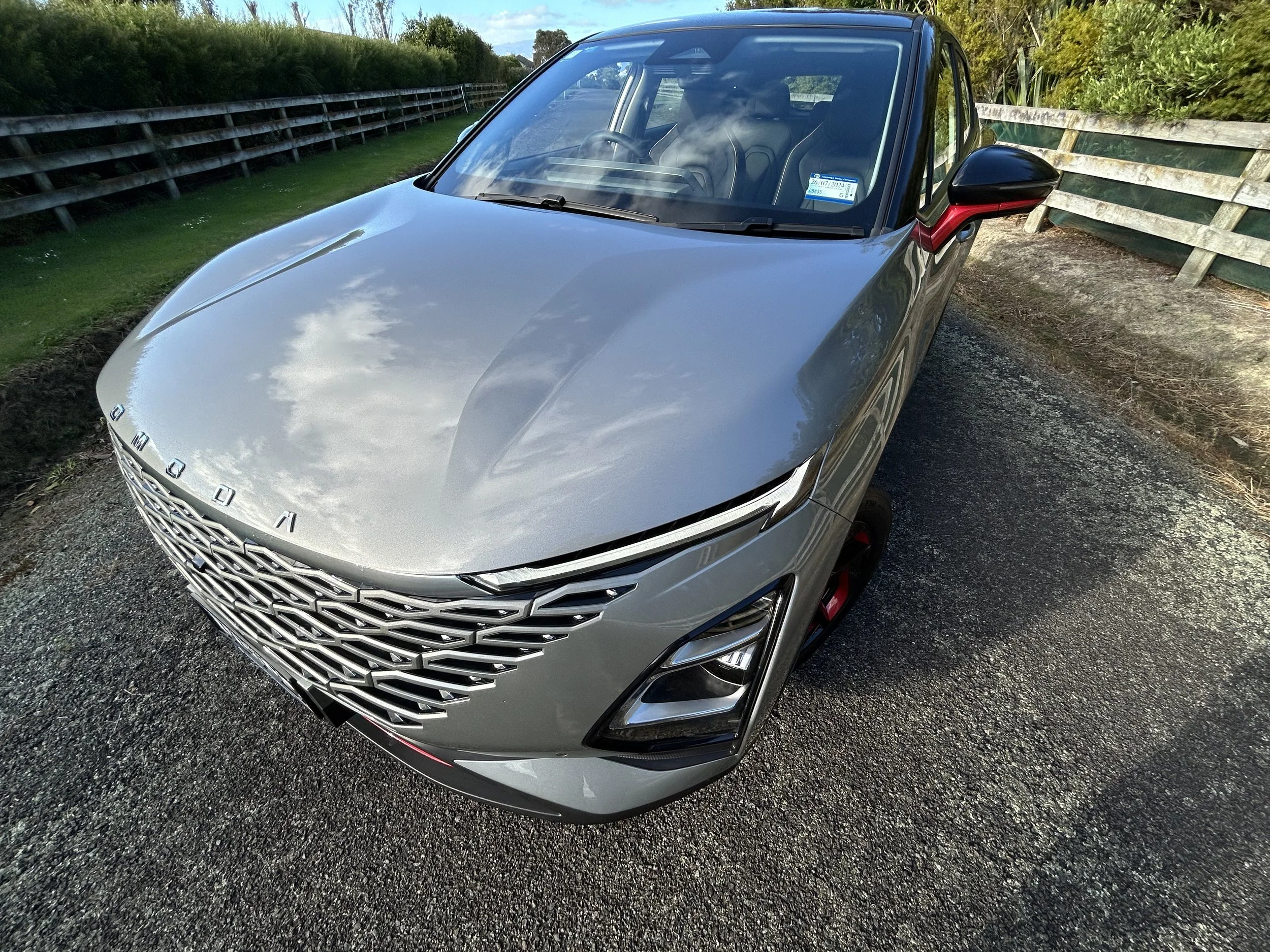Ford hottie cold shouldered
/Party time is over for the Blue Oval’s small big-hearted performance model.
HYUNDAI’S magnificent i20 N has lost its closest playground pal.
Ford New Zealand has determined the Fiesta ST will depart its line-up by the end of the year, a victim of the outfit’s switch of focus on areas of growing customer demand.
Under pressure to reduce fleet-wide CO2 counts and also struggling with semiconductor issues, the Auckland-centred brand has determined sports utilities, commercial vehicles and electrification are more important than peppy performance cars. With availability of Focus ST also stymied by semiconductor shortage, the make effectively has just the Mustang as its go-fast choice at showroom-readiness.
The Fiesta ST was hanging on by its fingernails for the past two years. It seemed awfully brave when, back in 2020, the brand decided not to keep selling mainstream editions of its smallest passenger car and instead purely represent the nameplate purely in its enthusiast format.
As much as it was great that the brand wanted to keep the fire burning with an effervescent 147kW/290Nm six-speed manual front-drive 1.5-litre turbo-petrol three-cylinder capable of 0-100kmh in 6.5 seconds, it was also obvious that the $35,490 wee sizzler was never going to make more than a minuscule contribution to company’s annual sales, given the past sales performance record. So it proved.
As beloved as it was by buyers, hot hatches are select choices. Hot hatches with manual gearboxes all the more so. Ford learned as much with the preceding ST. Though the best of the bunch, it also pulled in the fewest registrations of all the variants. So it went with this latest and last, which appears to have one of the lowest volume cars in the current Ford line.
Said local boss Simon Rutherford in sharing the news: “… Fiesta ST has been segment-defining hot hatch for New Zealand and has put smiles on the faces of enthusiasts across the country, and we want to thank those fans for their passion.
“But with semiconductor-related supply shortages and our focus on emerging areas of growth, we’ve made the difficult decision to call time.”
NZ was a slow starter for the car (blame Australia, with which we partnered for supply arrangement, and its stupid Australian Design Rules); it landed two years after launch in the core right hand drive markets.
Until the i20 N, the Fiesta was never troubled by anything else in its much reduced category. It was gloriously bonkers, wonderfully anti-social and demanded absolute driver interaction. MotoringNZ.com was a fan.
Our test noted that “as oxymoronic as it might seem, the ST is all the better for being tailored to the tastes of a maniac few than to the mainstream many. In saying that, this car is so tailored to the push-on enthusiast you wonder how on Earth its development team got away with achieving sign off. Quite potentially, they might never get to do so again.”
The 1.5-litre three-cylinder being the smallest engine ever committed to duty behind the ST badge was not issue as it was no shirker; outputs being 15kW and 50Nm up on the previous car’s 1.6. It was effin’ quick with a capital eff.
“If anything, actually, this is exactly the right ingredient for these times. If you want a fast, agile, eager powerplant that hits the target for requisite social responsibilities in regard to economy and emissions, yet still manages to feel properly old-school raw edged and loud at all the right times, then this engine is it.”
Ironically, as noted in the test, te car could have made real impact on the sales roster has the allegiance sworn by every motoring writer who sampled the test example turned into actual sales. But it didn’t.

















